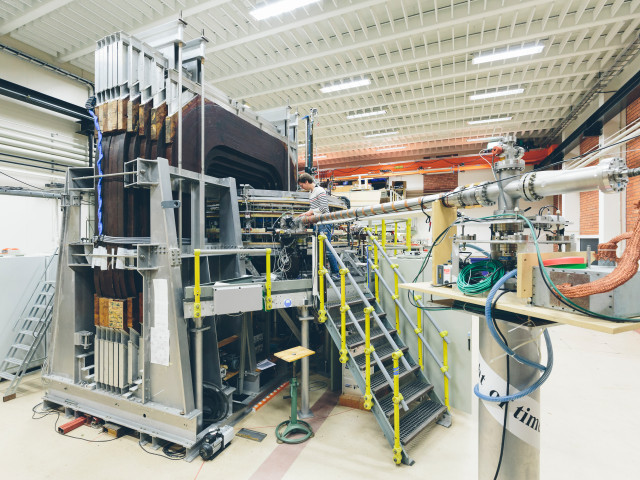The course addresses both fundamentals of safety design and methods of safety analysis for nuclear
power plants, with emphasis on Light Water Reactors. Topics covered include
- safety characterization and safety features of nuclear power plants
- reactor safety principles and criteria
- design-basis and beyond-design-basis events, including severe accidents
- accident phenomena
- safety systems and containment performance
- deterministic safety analysis (basic elements)
- accident modeling and simulation codes
- probabilistic safety analysis (basic elements)
- analysis of operational transients and accidents
- emergency operation procedure and accident management
- safety issues and their resolution
- applications of passive safety in new reactor designs
- operating experience, regulation and safety culture
